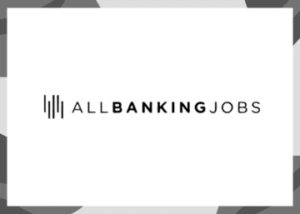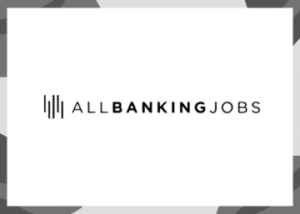Bank-fintech partnerships have undergone significant changes in recent years. Strains have been felt as several banks offering banking-as-a-service for fintechs have faced consent orders due to their fintech partners’ mishandling of anti-money laundering and Bank Secrecy Act compliance. Problems have also emerged when fintechs, such as Synapse, ran into issues resulting in reputational damage for the banks they worked with and the disappearance of customers’ money. This has triggered a shift in the approach to such partnerships, with an increase in ledger transparency and daily data access required by banks among other changes.
A Maturing Fintech Sector
The fintech entrepreneurial community has witnessed a significant maturation process. According to Sarah Biller, co-founder of Fintech Sandbox, Vantage Ventures, and board director of Thread Bank, there has been a deeper recognition of the importance of regulatory compliance. This shift was triggered by incidents like those involving Evolve Bank and Synapse. Fintechs are now understanding that transparency and accountability are critical to the success of their partnerships with banks. As such, mature fintechs are increasingly dominating in forming successful partnerships.
Demand for Transparency
Banks are becoming more assertive in their demand for transparency from fintech partners. As Patrick Slain, vice president and director of fintech at Stearns Bank, puts it, the approach should be “trust but verify”. This involves creating data access agreements that allow the bank direct access to fintechs’ ledgering and processing systems on a daily basis. If a fintech partner goes under unexpectedly, the bank should be able to recreate the ledger, process all transactions, and fulfill all obligations of the program. This level of transparency is not just a good practice but a necessary one for banks to effectively manage their accounts.
Monitoring Fintechs and BaaS Middlemen
Previously, banks have relied heavily on middlemen like Synapse to handle fintech relationships and data compliance. However, there has been a shift towards closely monitoring such third parties through measures like SOC 2 type audit reports. This helps verify the integrity of a third-party system and ensures smooth operation. Banks are also encouraged to reconcile themselves against bodies like the Fed, their for-benefit-of or omnibus accounts, and potentially individual customer accounts or sub-ledger of FBO accounts.
Rethinking Omnibus Accounts
The notion of having transactions from multiple fintechs commingled in one omnibus bank account has been rethought. Rather than viewing it as a disaster waiting to happen, there has been a recognition that it could work with the right technology architecture. The key is to ensure that customer funds are not commingled and that they are kept in separate accounts. This requires a high level of data insight, understanding, and clarity.
Enforcing Compliance with Banking Regulations
Banks are taking more responsibility for enforcing fintechs’ compliance with banking regulations. This involves reviewing and approving BSA AML policies and procedures, testing against these policies, and carrying out independent BSA audits of programs on a regular basis.
Tighter Bank-Fintech Contracts
The drafting of contracts between banks and fintechs has also matured. A well-written contract allows both parties to understand their responsibilities and obligations, providing an accountability point if either party fails to meet their obligations. The best banks are those that communicate effectively, are transparent with their partners, and do not hide behind regulatory privilege.
In conclusion, the bank-fintech relationship has seen a significant transformation. Banks are now demanding more transparency and enforcing stricter compliance rules. While this change has been forced by operational failures and regulatory enforcement, it is essential for ensuring the success and reliability of these partnerships moving forward.
Source: Here






